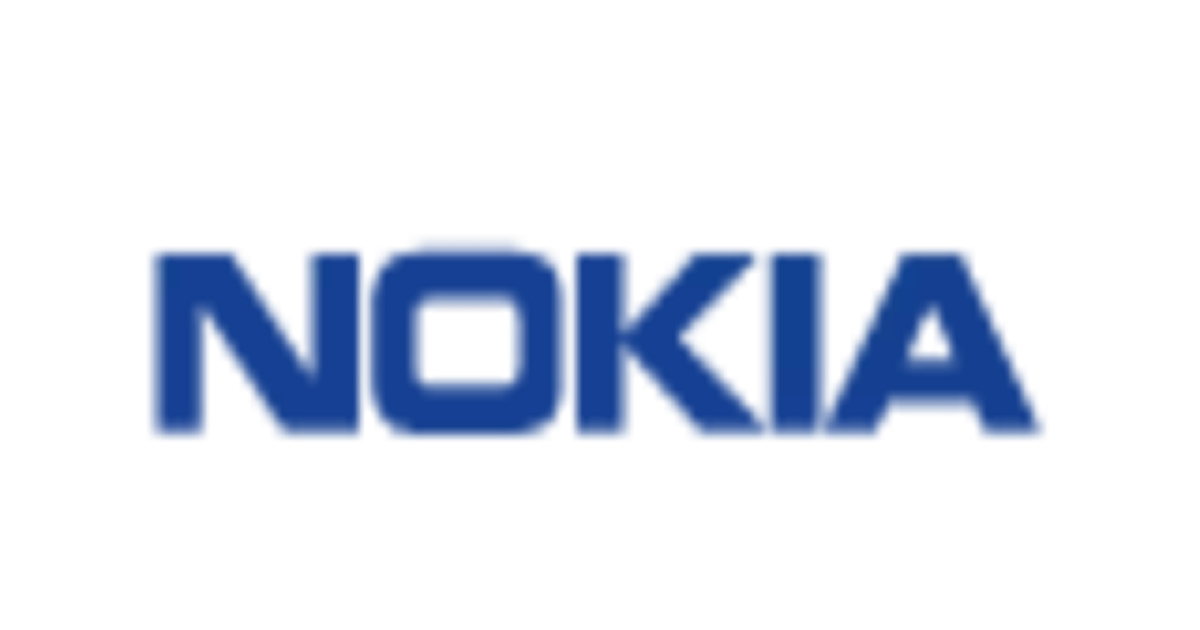Telecom for mining and mining for telecom

Inherently risky and relatively inelastic on the supply side, the mining industry has been historically known for the relatively low-speed implementation of new technologies. However, a new wave of Industry 4.0 technology has appeared in the mining industry with such disruptive speed that it surprised even the most futurist advocates. It might sound redundant, but digital transformation is indeed transforming all aspects of the mining industry, from exploration to product delivery.
Darwins’ theory of evolution stated that the species that survives is not only the strongest but the one that better adapts to changes in the environment. The mining industry has realized that survival evolution not only occurs in nature but also in the market. So traditional mining techniques alone are not enough to continue supporting a safe, efficient, profitable, and sustainable industry.
During the last few years, we have been seeing how the industry is evolving – incorporating new technologies, developing and promoting Industry 4.0 and enabling new skills in the mining workforce. A great example of this is the work happening at the NORCAT Underground Centre in Canada and outlined by NORCAT’s CEO, Don Duval.
The transition from traditional to digital mining is full of challenges. It needs mining expertise together with the skills in all other fields involved in the digitalization environment. The effective design and operation of any digital mining system requires a combination of practical mining experience and comprehensive knowledge of automation, computer science, analytics, and telecommunications technologies. Therefore, the industry needs access to multiskilled partners and professionals to design, operate, and support these new digital systems and obtain all benefits from this new digital revolution.
Incorporating digital skills into traditional mining activities requires extensive training, and it might take time. However, as mines need to integrate new digital systems now, mining partners and service providers play a fundamental role in speeding up readiness and learning. These key partners and service providers can provide clients with immediate advisory and professional skillsets, but they must have extensive expertise in the mining domain. Here is where my role at Nokia fits into the equation.
As a mining engineer, my story started as many others, working in traditional roles of mine planning, production, and services. However, since the early stages of my career, I was heavily exposed to mining technologies and other areas of the mining business such as mining software, engineering consultancy, market intelligence, supply chain, mining investment, Off-Earth mining-technology at NASA, automation, machine learning, and more recently in telecom.
Every multidisciplinary-multiskilled interaction has its unique challenges, and the telecom area, from a mining point of view, is not an exception.
At Nokia, we design and deploy efficient, reliable, and sustainable telecom network solutions for mining companies that are scalable and flexible to assure that mines continue operating with the same, or better efficiency in the long-term. All requirements and restrictions from each digital agent must be simultaneously translated to match mining settings, geometrical boundaries, telecom designs, automation requirements, data collection and processing needs to ensure meaningful outcomes.
In this new digital era, miners need to engage with partners with practical expertise and hands-on experience in both mining and industrial digitalization. It makes perfect sense. Anyone prefers partners that understand the domain where the technology is applied, and who think like them in terms of their business needs.
When addressing the complex evolution of mining to more automated and digitalized methods, having telecom partners who, even from the earliest stages, are able to understand and translate the mining process and business priorities into practical solutions is fundamental.
Sharing a consistent view not only facilitates the effective design, development, and deployment of the telecom/automation solution but also ensures the new technologies are adopted and utilized as intended. If a telecom network is well designed by a partner able to talk mining, automation, and telecom languages simultaneously and then translate it into actions, the solution moves beyond just operational connectivity to provide greater value for all systems and applications.
Industry 4.0 mines do need sophisticated engineering and state-of-the-art devices and software. But they equally need a high-performance data-transference backbone.
So the key questions for design and deployment of any successful digital system are:
What type of data is needed?
How do I capture this data?
How can I assure that the stream of data will always be available and delivered in a reliable manner?
How can I manage, assess, and use the massive amount of data collected?
Although many variables are contributing to the answers, one solution can answer all questions: ensuring the operation has an industrial-grade reliable, scalable, flexible, and secure telecommunications network with support beyond connectivity at its foundation. One that is continuously monitoring and providing analytics to help improve production, processing, logistics, safety and sustainability.
Mining companies are always cautious about investing in new technology. New technologies not only need to be proven cost-effective but also useful in the sense of being able to improve the efficiency of one or all stages of the value chain.
Maybe that is the reason why the mining industry has historically been the “second first” on the incorporation of new technologies. However, due to the current technological mining race, that mindset is no longer valid.
It is undeniable that almost any process in mining can be highly automated or remotely operated, which has paved the way to move from traditional to digital mining.
However, automation and digital resources by themselves are not enough to get all benefits of this new high-tech mining era. To reach safe, efficient, and profitable mines, mining telecom solutions must be capable to simultaneously cope with the high-traffic, low-latency, high-reliability, and high-security demands of new digital devices and software.
A high-performance telecom network provided by a proven technology partner with industry-relevant expertise will get your mining operation – successfully – to your digital transformation finish line.
















Tag